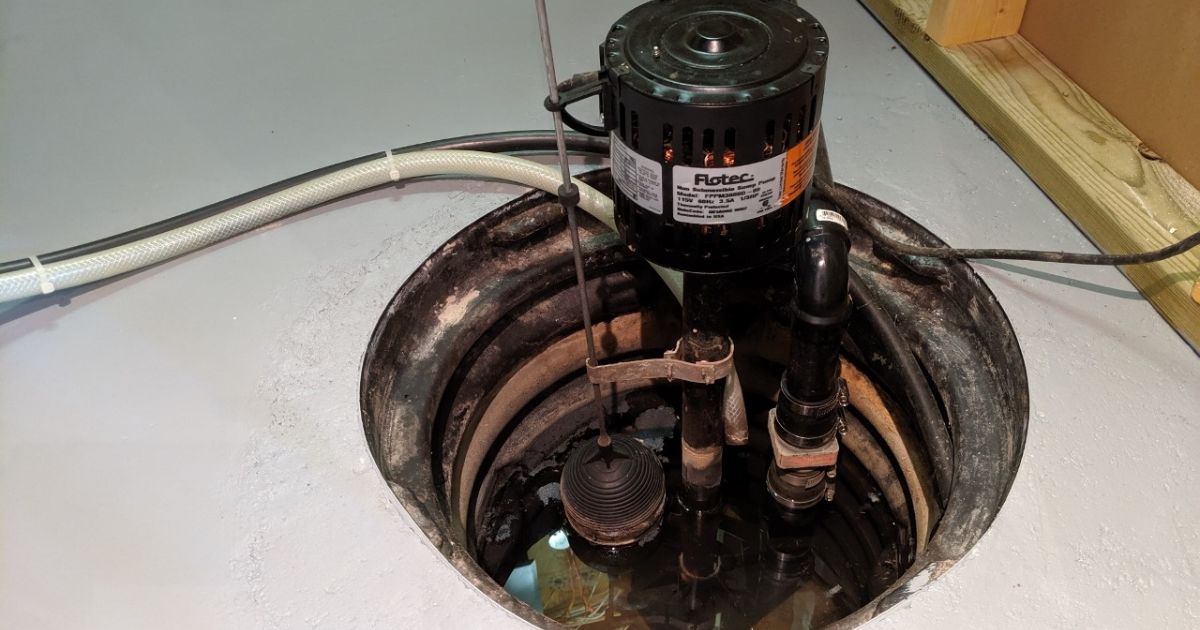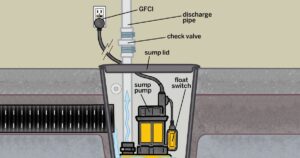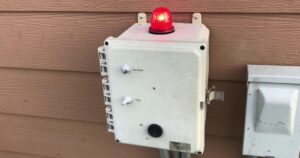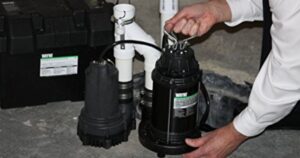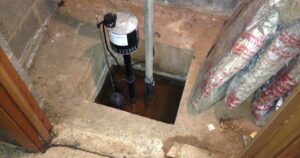When it comes to protecting your basement from water damage, a sump pump alone may not be enough. That’s where drain tile comes in. Drain tile, also known as a French drain, works in tandem with a sump pump to effectively channel water away from your foundation. In this article, we will explore the importance of using drain tile with a sump pump, the signs that indicate its necessity, and the installation and maintenance processes involved. Stay tuned to ensure the utmost protection for your basement.
Key Takeaways
- Drain tile, also known as a French drain, is installed around the foundation to collect and redirect water away from the building.
- The combination of drain tile and a sump pump helps prevent water seepage, flooding, and potential water damage.
- Drain tile reduces hydrostatic pressure, prevents mold growth, and maintains a dry and healthy living space.
- Regular inspection and maintenance of drain tile and sump pump are necessary for optimal performance and longevity.
What Is Drain Tile
Drain tile, also known as a French drain, is a system of perforated pipes that are installed in the ground to collect and redirect excess water away from a building’s foundation. It is a vital component in preventing water damage and foundation issues.
The drain tile system is typically installed around the perimeter of a building, below the ground level. The pipes are designed with small holes or slots that allow water to enter. The collected water is then directed away from the foundation through the pipes, which are sloped to ensure proper drainage.
This system helps to alleviate hydrostatic pressure on the foundation walls, reducing the risk of water seepage and potential damage. Understanding the purpose and functioning of drain tile is essential in comprehending how a sump pump works, which will be explored in the subsequent section.
How Does a Sump Pump Work
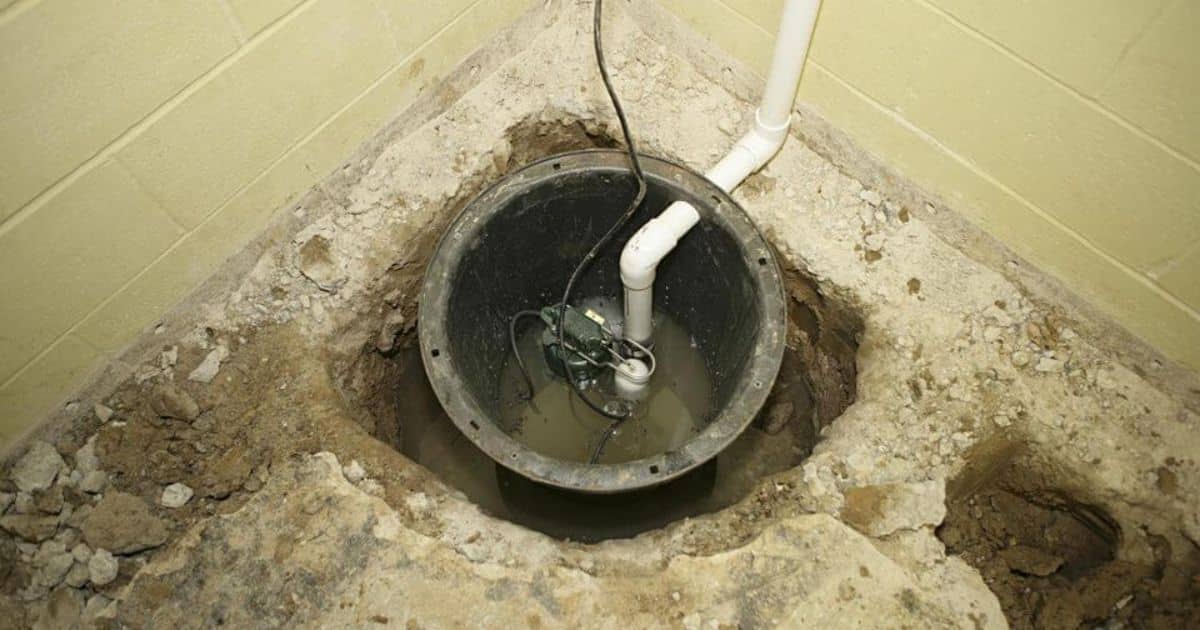
- A sump pump operates by removing water from a designated area to prevent flooding and water damage. It consists of a pit, known as a sump pit or basin, where water collects. The pump is installed at the bottom of the pit, and when the water level rises, the pump is activated.
- There are two main types of sump pumps: pedestal and submersible. Pedestal pumps have a motor mounted above the sump pit, while submersible pumps are designed to be submerged in water.
- When the pump is activated, it uses a motor to drive an impeller, which creates a centrifugal force. This force pushes the water out of the pit through a discharge pipe, usually directed away from the foundation of the building.
- To ensure efficient operation and prevent clogging, sump pumps are equipped with screens or grates to filter debris. Some pumps also come with a check valve, which prevents water from flowing back into the pit after it has been pumped out.
-
Sump pumps are typically powered by electricity, but some models also have a battery backup system in case of power outages. Regular maintenance and testing are essential to ensure the pump is functioning properly and to avoid potential failures during critical moments. If you’re wondering, “Can I unplug my sump pump overnight?” it’s generally not recommended to do so, especially during rainy seasons or when the risk of flooding is high. It’s best to keep your sump pump powered to ensure your basement or lower areas stay dry and protected.
The Purpose of Drain Tile
One essential component to consider when installing a sump pump is the purpose of drain tile. Drain tile, also known as perimeter drain or French drain, is a system of pipes installed around the perimeter of a building’s foundation. Its purpose is to collect and redirect water away from the foundation, preventing water buildup and potential damage. Drain tile works by intercepting groundwater and directing it towards a sump pit where a sump pump is located.
The water is then pumped out and away from the foundation, keeping it dry and preventing basement flooding. By effectively managing water accumulation, drain tile plays a critical role in maintaining the structural integrity of a building. Understanding the purpose of drain tile is crucial in determining whether it is necessary to install it alongside a sump pump to maximize its efficiency in preventing water-related issues.
Transition: Now that we have discussed the purpose of drain tile, let’s explore the benefits of using drain tile with a sump pump.
Benefits of Using Drain Tile With a Sump Pump
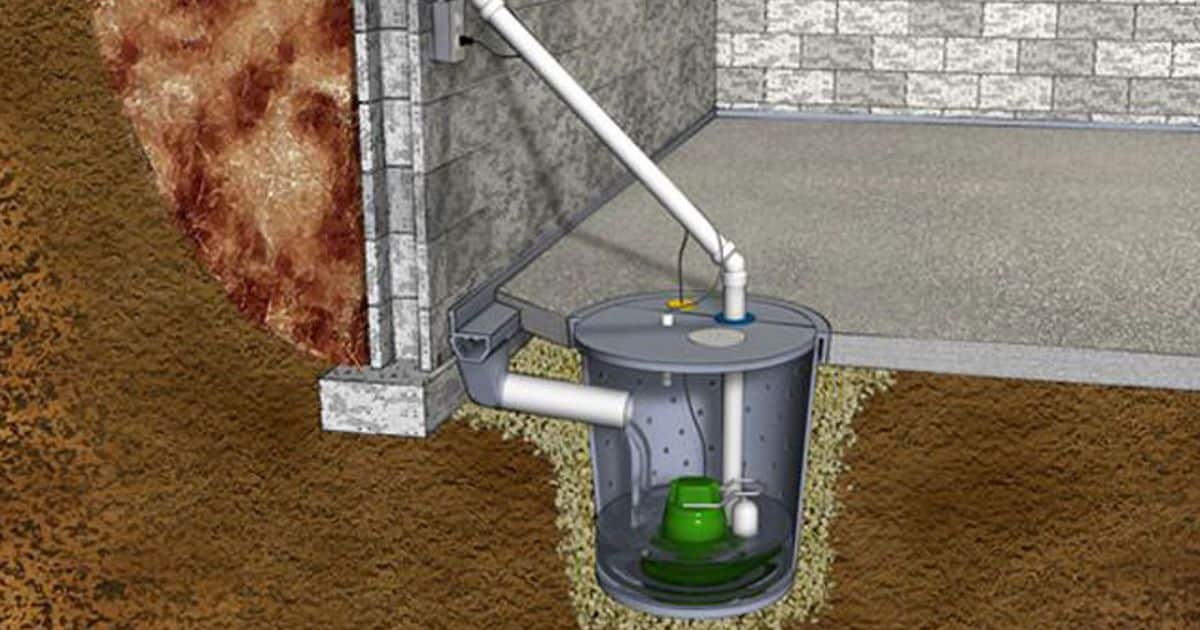
To enhance the effectiveness of a sump pump in preventing water-related issues, the incorporation of drain tile offers several important benefits. Drain tile, also known as a French drain, is a system of underground pipes that collect and redirect water away from a building’s foundation.
When used in conjunction with a sump pump, drain tile helps to alleviate hydrostatic pressure and prevent water from seeping into the basement or crawl space. By effectively managing the water flow, drain tile reduces the risk of water damage, mold growth, and structural issues caused by excessive moisture.
Drain tile helps to maintain a dry and healthy living space, improving indoor air quality and minimizing the potential for health issues associated with damp environments. Overall, the combination of drain tile and a sump pump provides a reliable and comprehensive solution for preventing water-related problems in residential and commercial buildings.
Signs That You Need Drain Tile
When considering the need for drain tile with a sump pump, it is important to be aware of the signs that indicate its necessity. One of the main signs that you may need drain tile is if you frequently experience basement flooding or dampness. This can be caused by water seeping into your basement through cracks in the foundation or through the soil surrounding your home.
Another sign is the presence of mold or mildew in your basement. Moisture can create an ideal environment for mold growth, which can be harmful to your health. Additionally, if you notice a musty smell in your basement or if you see water stains on the walls or floor, it could be a sign that water is infiltrating your basement. In these cases, installing drain tile along with a sump pump can help redirect water away from your home, preventing further damage and keeping your basement dry.
Installation Process for Drain Tile and Sump Pump
The installation process for drain tile and a sump pump involves several steps to ensure proper functioning and effective water drainage in your basement. Firstly, a professional will assess the area to determine the best location for the sump pump and drain tile.
They will then excavate the floor around the perimeter of the basement and create a trench for the drain tile. Next, the drain tile is installed along the trench, sloping towards the sump pit. The pit is then dug and lined with gravel for proper drainage. The sump pump is installed in the pit and connected to the drain tile.
Finally, a discharge pipe is attached to the sump pump and directed away from the foundation to prevent water from seeping back into the basement. By following these steps, the drain tile and sump pump system will effectively remove excess water, keeping your basement dry and free from moisture-related issues.
Maintenance Tips for Drain Tile and Sump Pump
Regular maintenance is essential for ensuring the optimal performance and longevity of your drain tile and sump pump system. By following a few key maintenance tips, you can prevent potential issues and keep your system in good working order.
Firstly, it is crucial to regularly inspect the drain tile for any signs of damage or blockages. Check for cracks, breaks, or clogs that may hinder proper drainage. Clear any debris or sediment that may accumulate in the tile to avoid potential blockages.
Secondly, the sump pump should be inspected and tested periodically. Ensure that the pump is functioning correctly by pouring water into the sump pit and observing if the pump activates and removes the water efficiently. Clean the pump and remove any debris that may hinder its operation.
Lastly, consider installing a battery backup system for your sump pump. This backup system will provide power in case of a power outage, ensuring that your basement stays protected even during emergencies.
Conclusion: Is Drain Tile Necessary With a Sump Pump?
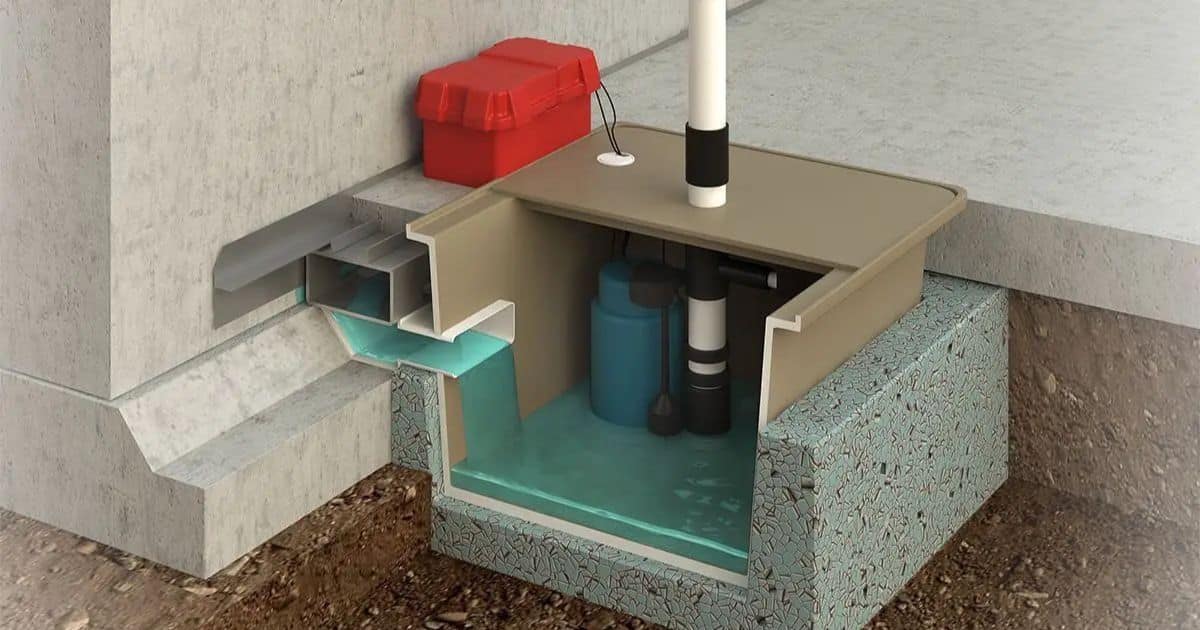
Drain tile is an essential component that complements the functionality of a sump pump system. While a sump pump is designed to remove water from the basement or crawl space, drain tile helps to prevent water from even entering these areas. By installing drain tile around the perimeter of the foundation, excess water is directed away from the building, reducing the need for the sump pump to constantly pump water out.
This not only helps to prolong the lifespan of the sump pump, but also reduces the risk of basement flooding and water damage. Therefore, it is highly recommended to have drain tile in conjunction with a sump pump system, as they work together to effectively manage and control water infiltration.
Frequently Asked Questions
What Are the Different Types of Drain Tile Available for Use With a Sump Pump?
There are several types of drain tile available for use with a sump pump, including perforated and non-perforated options. These tiles are designed to efficiently collect and channel water away from the foundation, preventing water damage and flooding.
Can Drain Tile Be Installed in an Existing Home or Is It Only Suitable for New Construction?
Drain tile installation is suitable for both new construction and existing homes. It helps to prevent water damage by directing water away from the foundation and into the sump pump system for proper drainage.
Are There Any Alternatives to Using Drain Tile With a Sump Pump?
There are alternatives to using drain tile with a sump pump, such as French drains or interior perimeter drains. These systems can effectively divert water away from the foundation and protect against basement flooding.
Can a Sump Pump Be Installed Without Drain Tile?
A sump pump can be installed without drain tile, but it is not recommended. Drain tile helps to collect and redirect excess water away from the foundation, preventing potential water damage and maintaining the structural integrity of the building.
How Often Should Drain Tile and Sump Pumps Be Inspected and Maintained?
Drain tile and sump pumps should be inspected and maintained regularly to ensure optimal functionality. Regular inspections help identify potential issues, such as clogs or leaks, and allow for timely repairs, preventing costly damages and maintaining a reliable drainage system.
Conclusion
In conclusion, the use of drain tile with a sump pump is highly recommended. Drain tile helps to prevent water damage by directing excess water away from your home’s foundation. When combined with a sump pump, it provides an efficient and effective solution for keeping your basement dry. Regular maintenance of the drain tile and sump pump is essential to ensure proper functioning. Remember, “An ounce of prevention is worth a pound of cure.”
